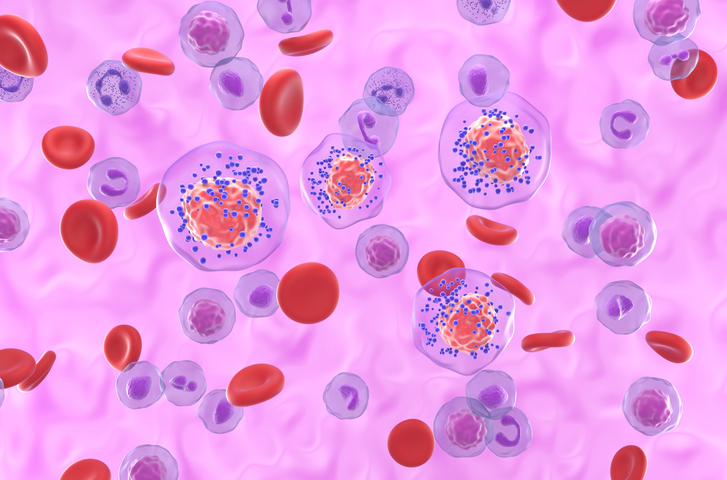
An estimated 20% of breast cancer patients develop breast cancer-related lymphedema (BCRL) during their treatment. Lymphedema is a buildup of lymph fluid in the body that does not drain through the lymphatic system as it should, which results in swelling. In the case of breast cancer patients, it is seen on the arm of the side affected by the cancer. BCRL may leave women feeling pain, heaviness, and tightness; they may also experienced decreased range of motion, and their daily function may suffer as a result. As of now BRCL is considered incurable; standard of care for living with the disease is multifaceted and includes exercise—but which exercise is most effective?
Researchers analyzed available data on resistance exercise interventions in breast cancer survivors with BCRL to see how it affected their disease status as well as their strength. They identified relevant trials published between 1966 and Jan. 31, 2020, by searching PubMed, MEDLINE, and Embase databases. Randomized controlled and uncontrolled trials evaluating the effects of resistance exercise of BCRL in breast cancer survivors in at least one intervention group were identified. The search terms “lymphedema,” “lymphoedema” AND “breast cancer” AND “resistance exercise,” “resistance training,” “strength exercise,” “weight training,” “weight lifting,” along with possible variations, were used.
A total of 747 articles were identified; 701 were excluded based on the title and abstract analysis. After assessing the full texts, 29 article were eligible for inclusion in the systematic review. The outcomes of six studies with 12 resistance exercise intervention groups were pooled for BCRL meta-analysis. Resistance exercise was associated with significant reductions in bioimpedance spectroscopy values. Six studies provided strength results that were pooled for meta-analysis, which found that muscular strength in the upper and lower extremities significantly improved.
The study was published in Supportive Cancer Care.
The researchers noted that the results must be taken with caution, as some patients experienced poor outcomes.
“As long as it is unclear why a small number of patients experience a potentially detrimental effect of [resistance exercise] RE on their BCRL, it has to be concluded that several safety measures should always be considered before RE recommendation. First, inclusion in and clearance for RE intervention programs should always be undertaken after thorough clinical examination of a medical specialist. Second, the development of the BCRL should always be monitored during the RE intervention program. And third, this RE intervention program should be at least partially supervised by an exercise specialist,” they recommended.







 © 2025 Mashup Media, LLC, a Formedics Property. All Rights Reserved.
© 2025 Mashup Media, LLC, a Formedics Property. All Rights Reserved.